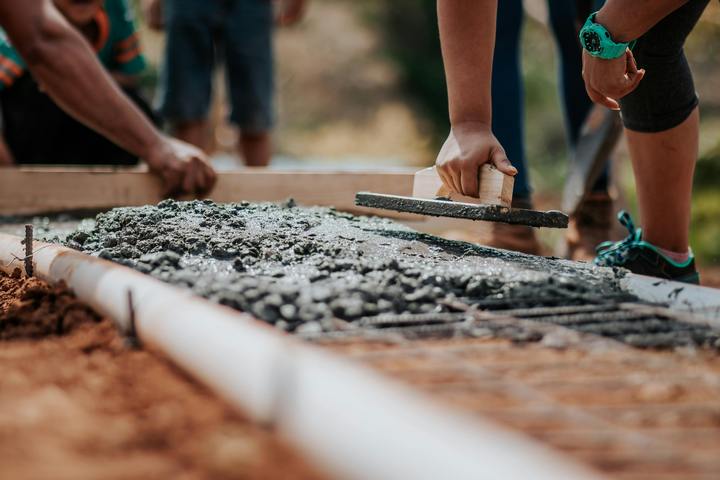Constructing any building or structure demands proper planning. A secure foundation ensures stability and longevity. Deep or shallow foundations each have unique strengths. Soil conditions, load requirements, and construction costs often guide this choice. Clear knowledge of these differences leads to the most suitable outcome.
Understanding Shallow Foundations
Shallow foundations rest near the ground’s surface. They transfer loads directly into the soil beneath. This method works when the earth has enough bearing strength at a minimal depth. Common examples include slab-on-grade, strip footings, and mat foundations.

These designs are cost-effective and straightforward to construct, which suits residential homes and low-rise buildings. However, locations with weak or highly compressible soil may pose risks. Settlement problems can appear over time in those conditions.
Exploring Deep Foundations
Deep foundations extend well below the ground. They reach stable soil layers or bedrock for structural support. This approach is necessary when shallow foundations cannot succeed due to weak topsoil or heavy load demands. Common examples include pile foundations and drilled shafts (caissons).
These methods are vital for high-rise buildings, bridges, and large industrial structures. Although deep foundations provide greater stability, they require specialized equipment and expertise. This need leads to higher costs and increased construction time.
Key Factors in Choosing the Right Foundation
Selecting either deep or shallow foundations demands thorough evaluation. Soil conditions hold major weight, since weak or expansive ground may require deeper methods for adequate load distribution. The building’s size and configuration further shape the outcome, as larger structures need stronger support.
Budget limits and project timelines also matter, because shallow foundations are more cost-effective, while deep solutions offer lasting stability at higher expense. Seismic activity and water table levels must also be considered to ensure durability and safety.
When to Consult an Expert
Determining the appropriate foundation type begins with a careful review of site conditions and project needs. In situations where soil stability or structural load is uncertain, consulting a structural engineer or a foundation repair company is crucial. These experts can conduct soil tests, evaluate structural requirements, and suggest the most effective foundation approach.
Their expertise helps ensure proper support, reducing the risk of settlement or structural failure. They also pinpoint possible hazards, such as soil erosion, moisture accumulation, or hidden obstacles, that could undermine the foundation’s performance. Engaging professional guidance early in the planning phase often prevents expensive repairs or major structural modifications later on.
Wrapping Up
Deep and shallow foundations each provide unique advantages. Shallow foundations remain affordable for smaller structures on stable ground. Deep foundations deliver vital reinforcement for larger, heavier buildings under challenging conditions.
Selecting an appropriate option depends on soil composition, structural demands, funding, and environmental factors. A carefully planned foundation helps avoid future complications, ensures durability, and extends a building’s lifespan.

